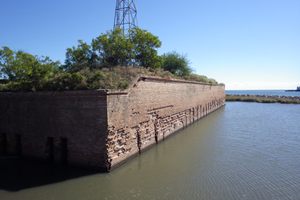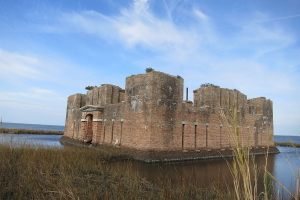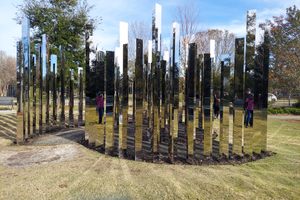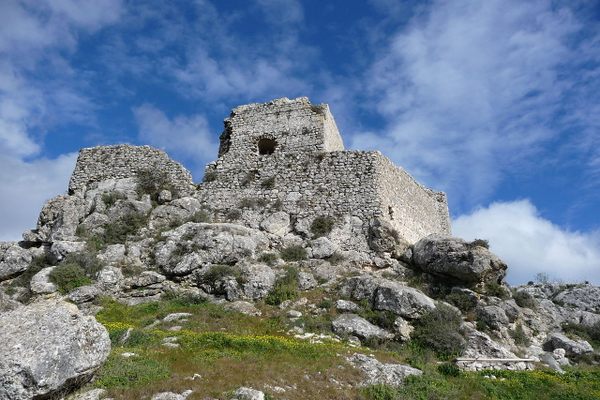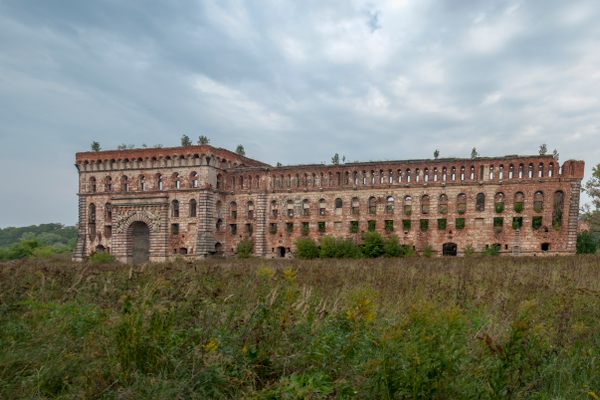About
After existing through war, at least three different ruling powers, and even cult suicide, Fort St. Philip is an ominous, ghostly group of structures that once protected the eastern bank of the Mississippi River.
A fort has stood on the grounds that currently hold the ruins of Fort St. Philip for hundreds of years. The first installation, Fort San Felipe, was originally constructed in 1792 and completed in 1795 by the Spanish who controlled the area at the time. Fort San Felipe was acquired by the United States from France as part of the Louisiana Purchase in 1804. American forces started to occupy the aging fort, installing defensive improvements between 1808 and 1810, just in time to protect against the invading British though 1812-1814.
After proving effective against the British, the fort was seized by the Confederate Army in 1861. During the fighting, Fort St. Philip stood up to heavy bombardment from Union naval forces, but was eventually given up after the taking of New Orleans. Between the Civil War and World War I, a number of new emplacements were installed but never used, and the site was eventually decommissioned in 1920.
Sitting abandoned for decades, the complex was eventually repurposed by a "spiritual community" known as "Velaashby" from 1978 to 1989. Leader of the community, Louis Hubert Casebolt or more commonly known as Archanna Christos, meaing "oldest anointed one," committed suicide at the site. Shortly after his death the community left the fort and the surrounding area, once again leaving the fort to rot.
The remaining structures were damaged during Hurricanes Katrina and Rita, but the ruins of Fort St. Philip can still be found on the site although it lies on private property. Cattle still graze the land in and around the fort. If you are lucky you may see a water buffalo or an elk, both of which are not native species to south Louisiana, but escaped during the storms.
Related Tags
Community Contributors
Added By
Published
January 23, 2015










































